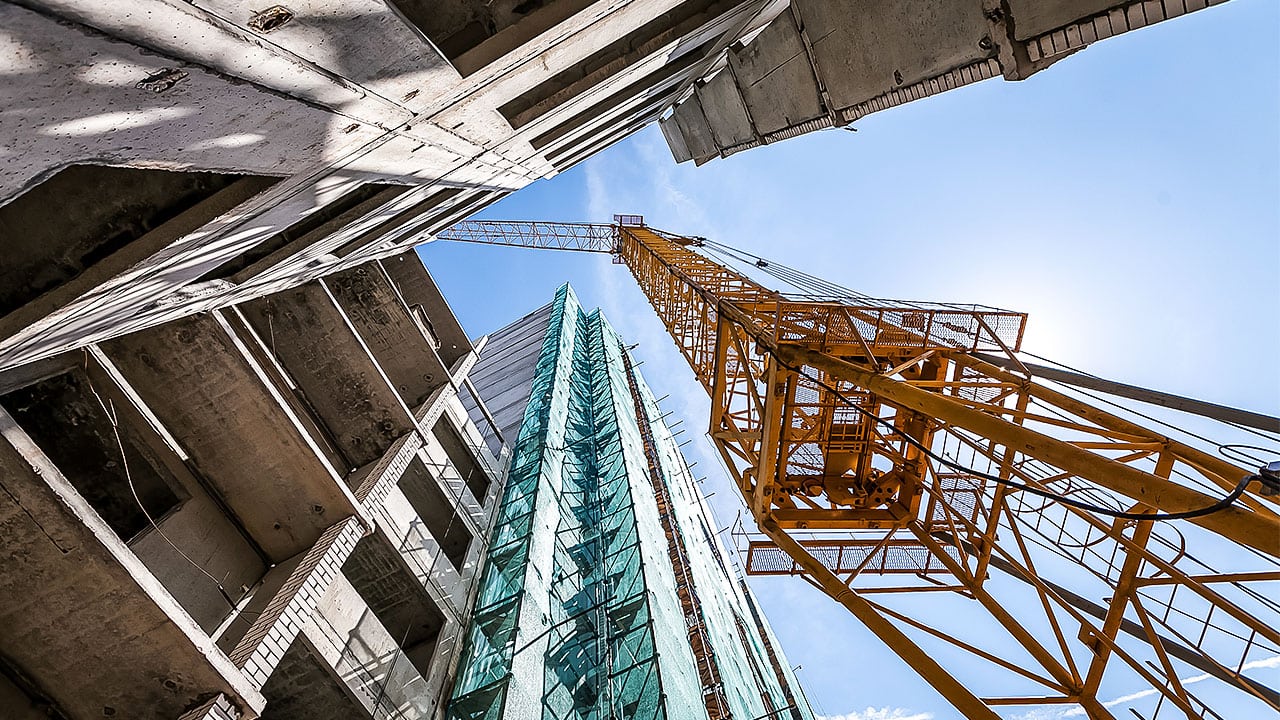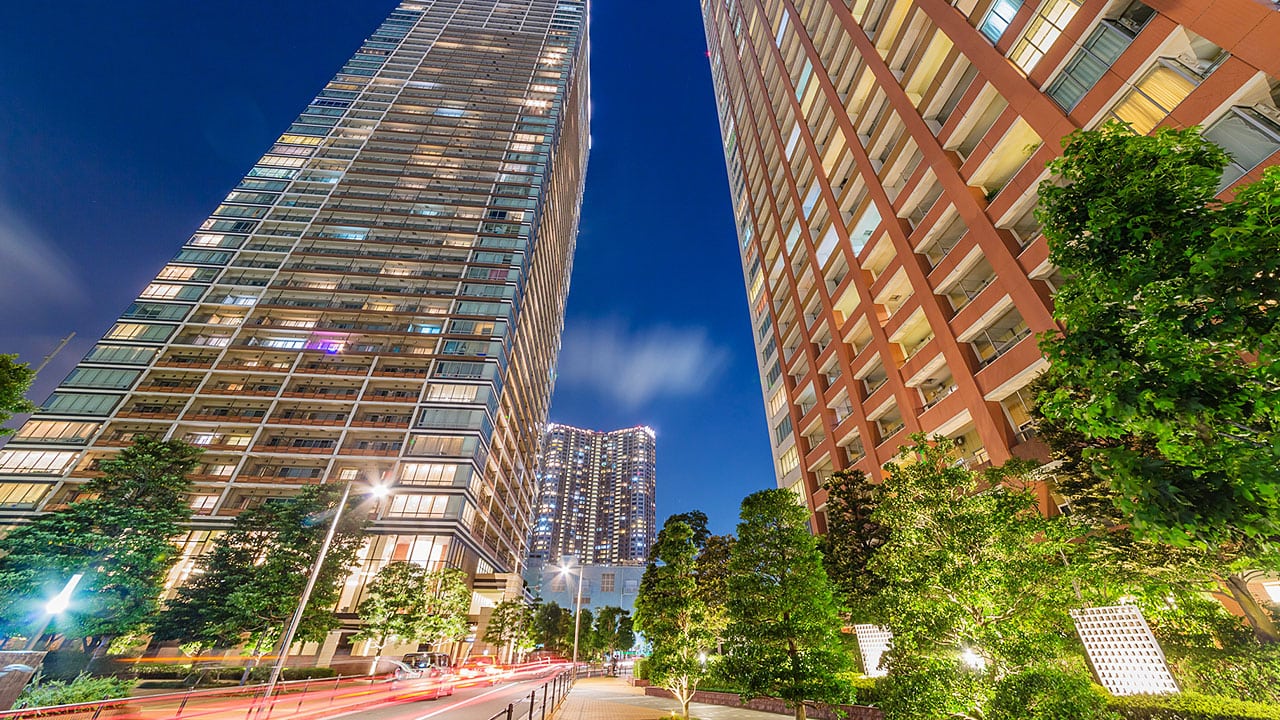Modern high-rises have become more daring and creative, tapping into the imaginations and ingenuity of architectural teams the world over. From Germany to Thailand, the construction of new and innovative high-rises has been changing skylines and pushing boundaries. Take, for example, the Mode-Gakuen Spiral Towers in Nagoya, Japan, which seem to twist and spiral upwards. Or what about the Genex Tower in Belgrade, Serbia, which comes complete with a revolving restaurant at the top?
With these high-rises pushing the limits of more conventional designs, new professionals with architectural design technician training have plenty of opportunities to get in on the action.
There Are Amazing New High-Rises Worldwide That Challenge the Limits of Design
When it comes to finding inspiration for the next generation of high-rise designs, there are many wonderful examples for students to draw from. For instance, the One57, also known as the Carnegie 57, is one of the tallest residential buildings in Manhattan, New York. Originally developed by the Extell Development Company and co-designed by the Pritzker Prize-winning architect Christian de Portzamparc, the One57 stands tall at 306 metres and houses a total of 92 condo units as well as a hotel with 210 rooms. The exterior of the high-rise is comprised of both dark and light glass, which serves to give the building its unique shine and vertical stripe pattern.
High-rises with brilliant designs like the Robot Building, located in Bangkok, Thailand, might also inspire students at architectural design school. Designed by the architect Sumet Jumsai, the Robot Building was constructed for the Bank of Asia. What makes this building so incredible is its exterior, being at once an example of high-tech postmodernism and neoclassical architectural design. Like its namesake, this office building resembles a robot, with a square segmented abdomen, torso, and head. For students looking to unleash their creativity, opportunity and inspiration abound!
Many Innovative High-Rises May Owe Their Designs to New Building Methods
All around the world, design teams and construction companies have been coming up with innovative and more efficient ways of designing and building high-rises. Some of these methods include using pre-assembled components to speed up the construction process. High-rises constructed in this manner may cost less to build, and produce less post-construction waste.

New design and construction methods can save time and money!
New methods for improving the safety and durability of buildings may also inspire prospective students who want to study architecture design technology. For example, in Japan, new approaches are striving to create high-rises that can easily withstand the stresses of earthquakes. These design elements can involve certain support structures, like mega-trusses, mega-columns, lead rubber bearings, and oil dampers. Together, these elements can help ensure that the buildings of the future are secure and safe in all kinds of situations.
Grads with Architecture Training Can Help Design New, More Energy-Efficient High-Rises
Apart from being visually stunning, many high-rises can be designed with sustainability and energy efficiency in mind. For example, on Roosevelt Island sits the world’s tallest high-rise passive house. Passive houses are houses that follow a strict energy efficiency standard, often using 70 percent less energy than other buildings. The design process is crucial to helping these types of buildings achieve this standard.
For example, The House, as it is called, has a louver system—a series of slats that help provide shading as well as ventilation—along with its southwestern side. This allows for more airflow that helps keep the house cool during the summer and warm during the winter. In fact, the House can cut the amount of air-conditioning units it uses in part because of its louver system. Aspiring architectural design technicians can participate in designing new energy-efficient high-rises like this by getting architecture training at a top technical design college.
Are you ready to join an architecture design technology program like the one at Digital School?
Fill out the form for more details!



